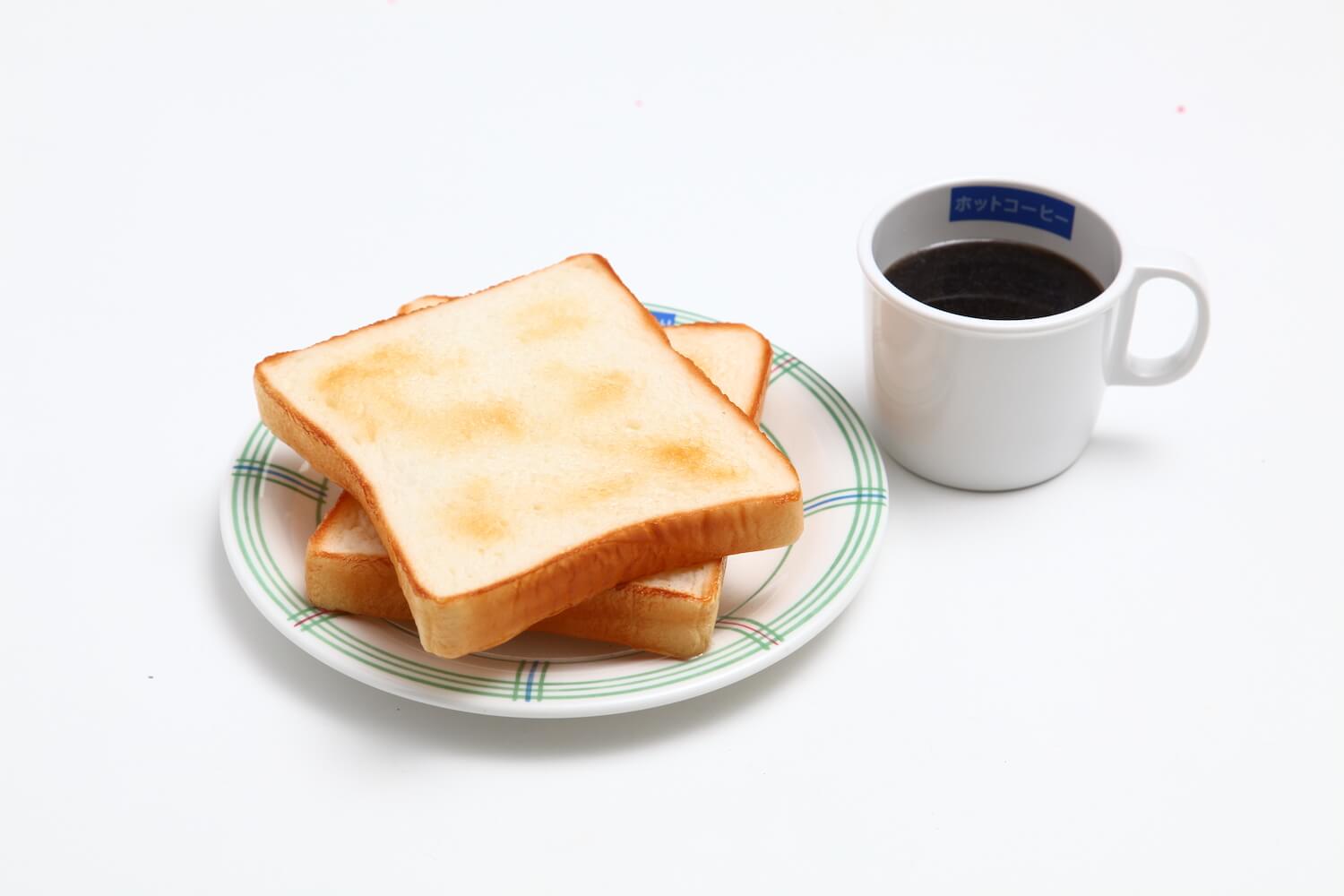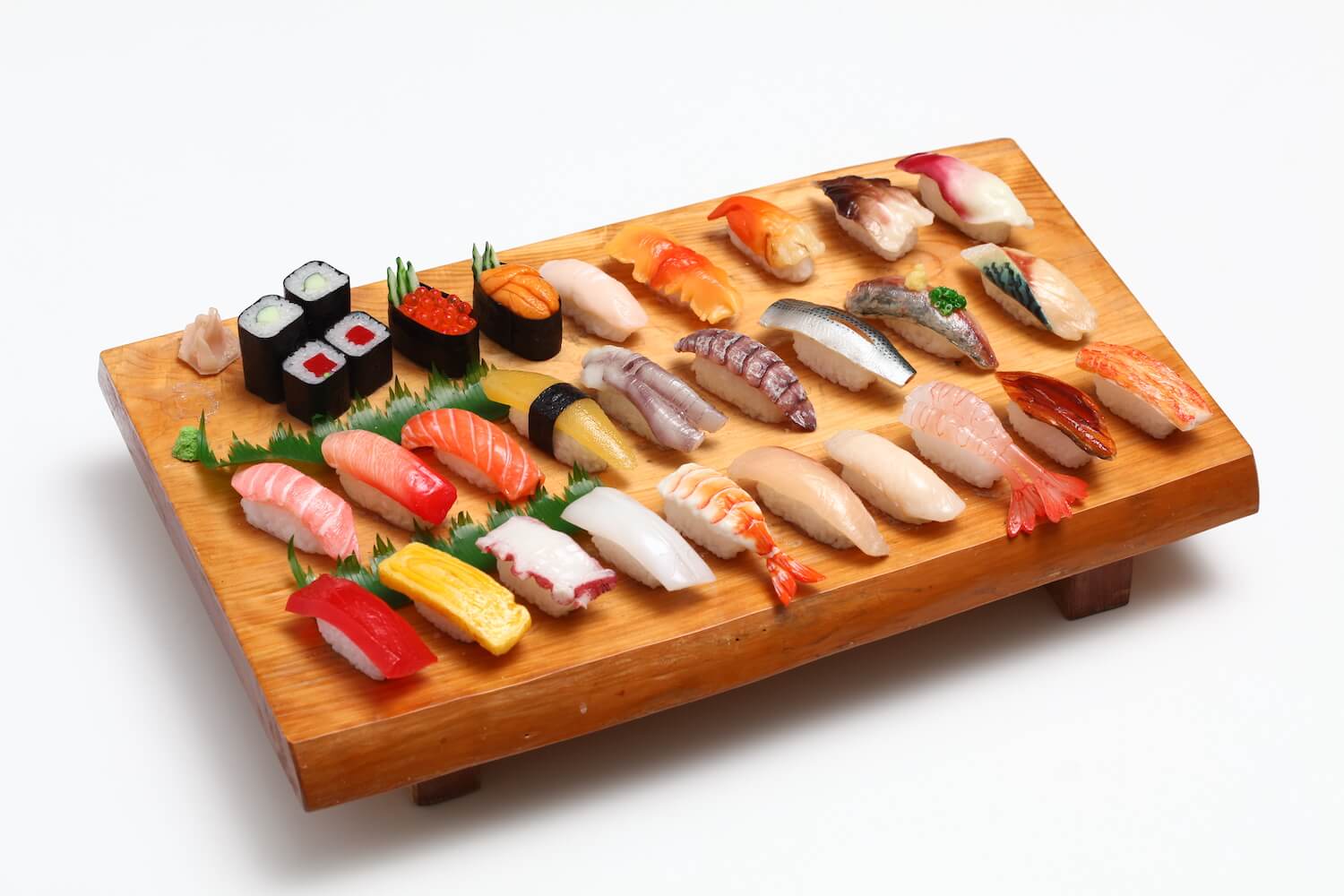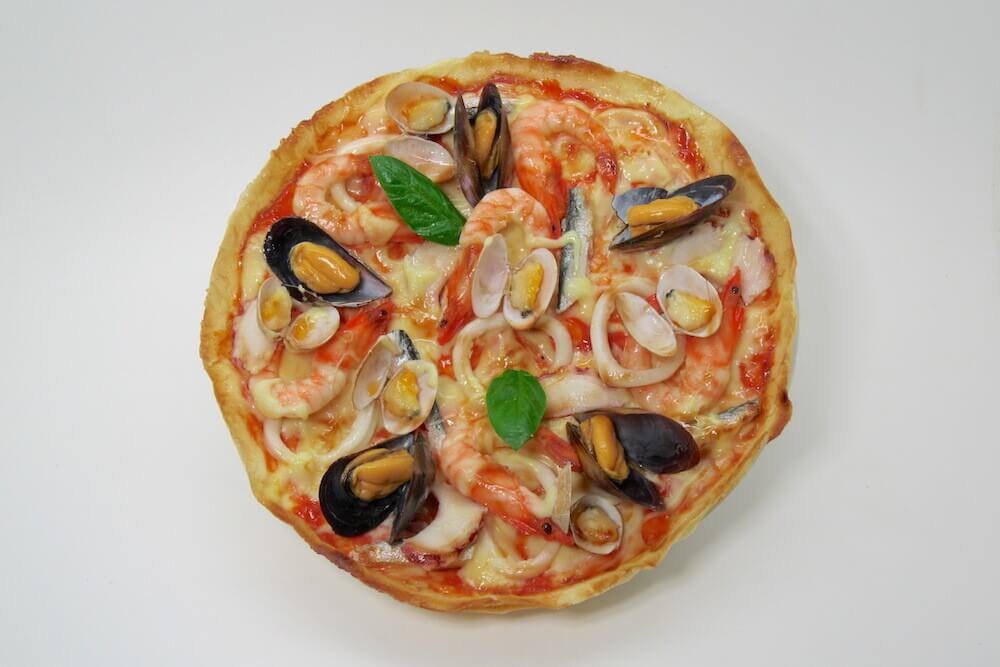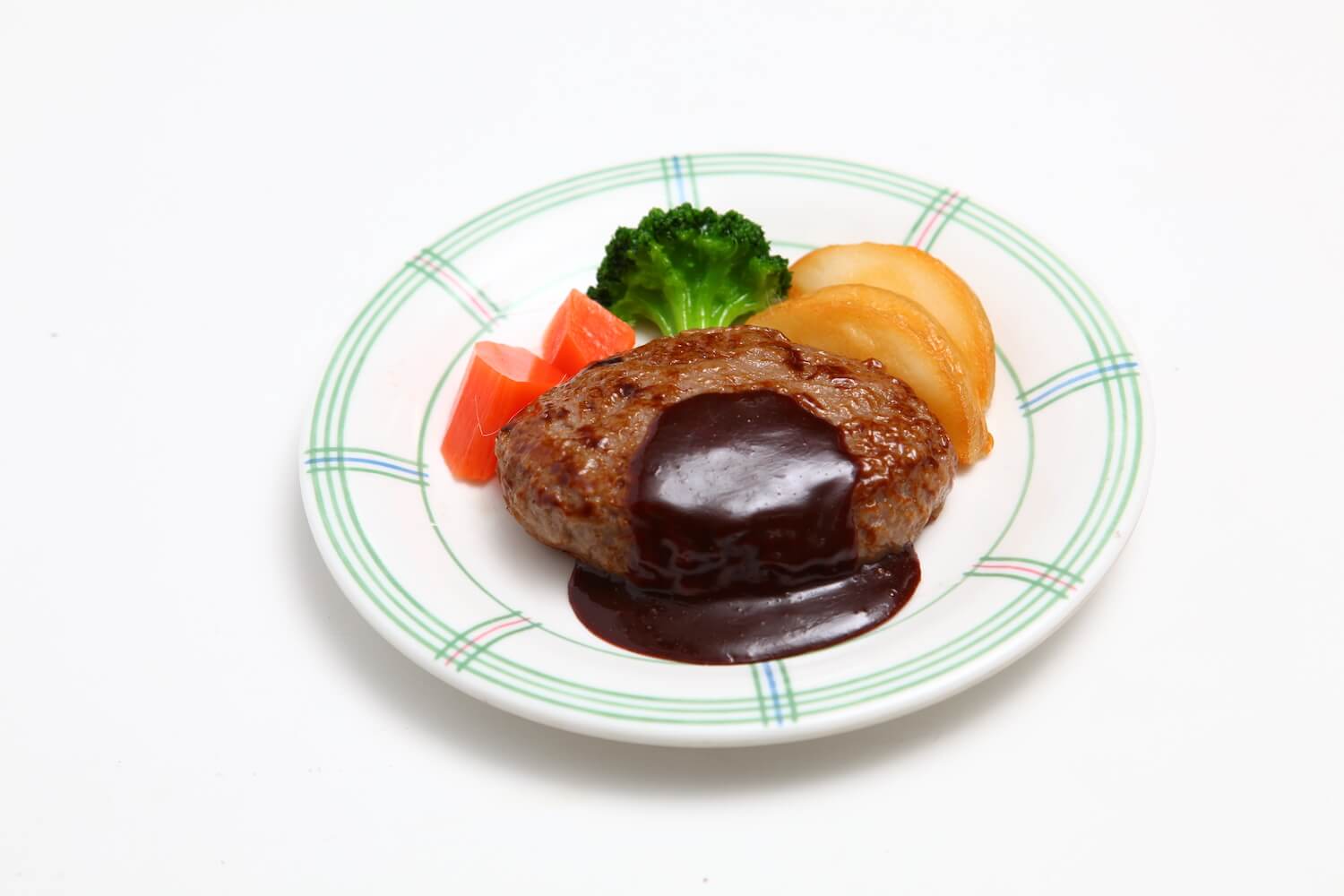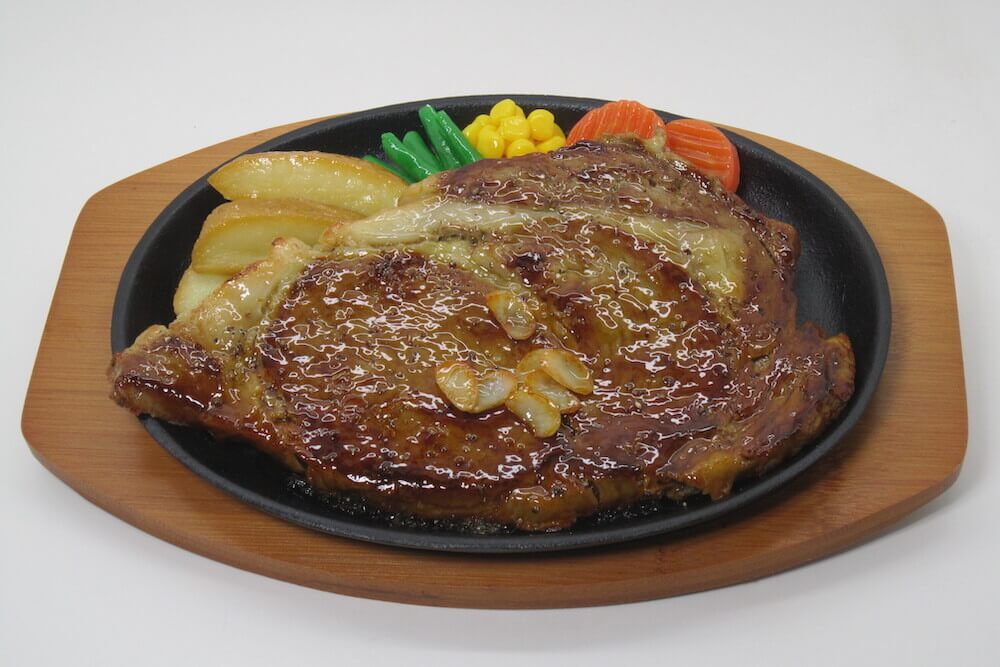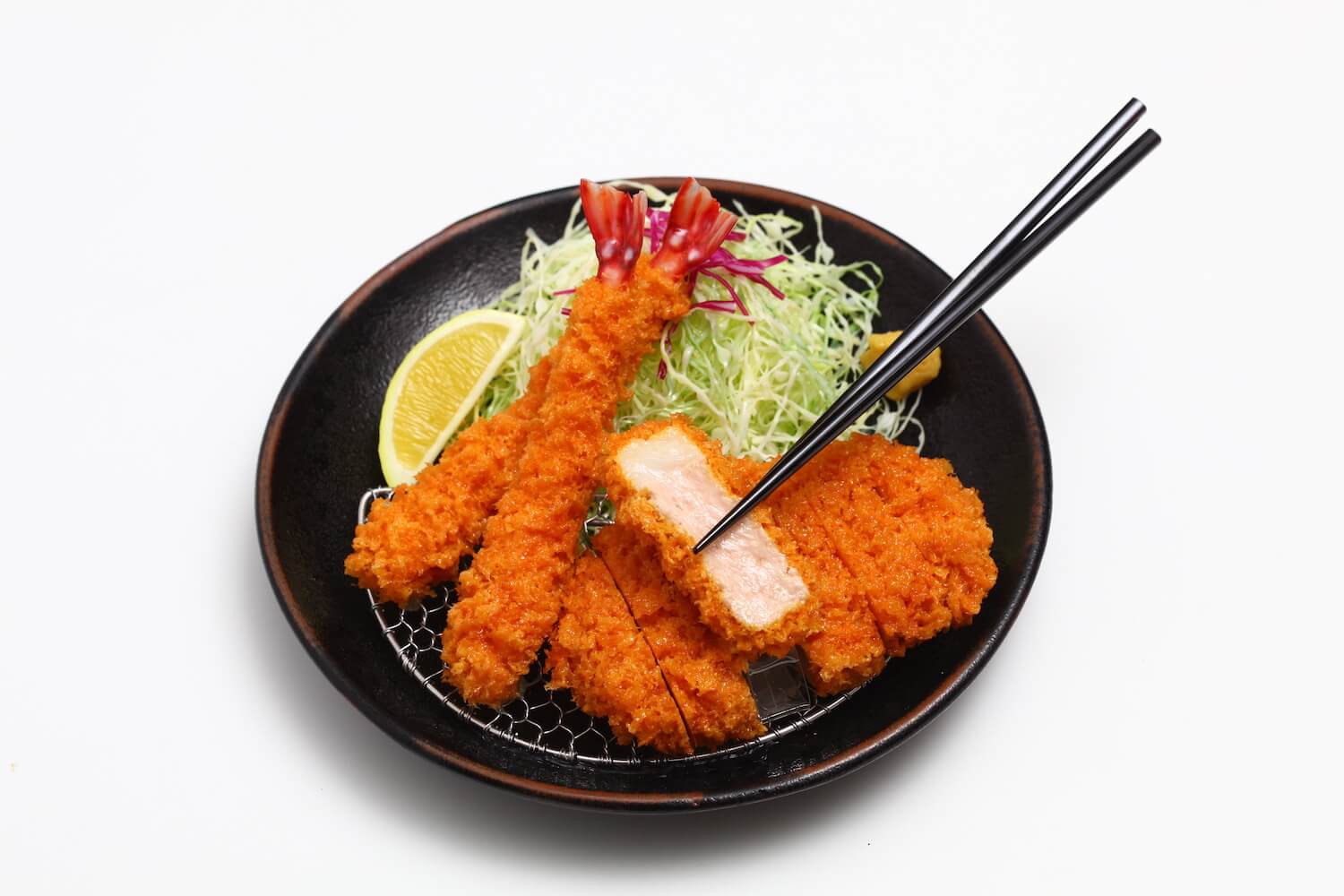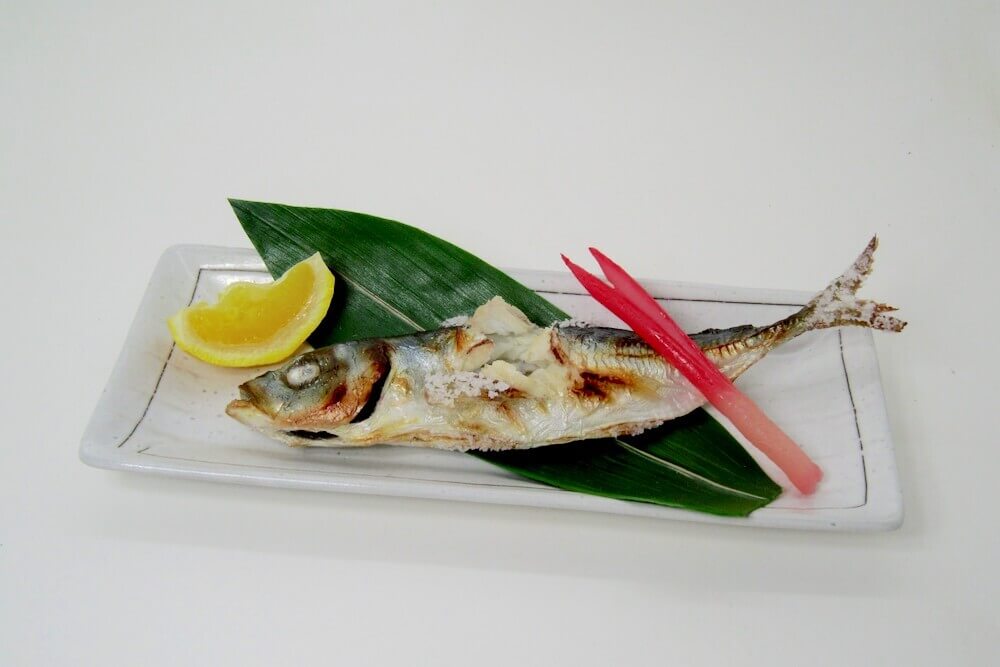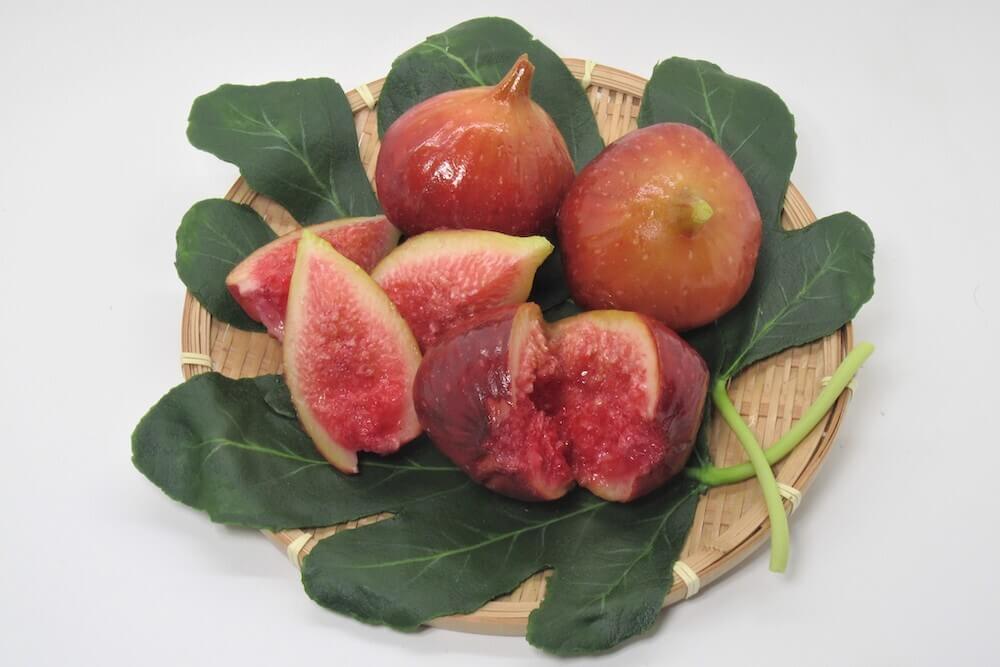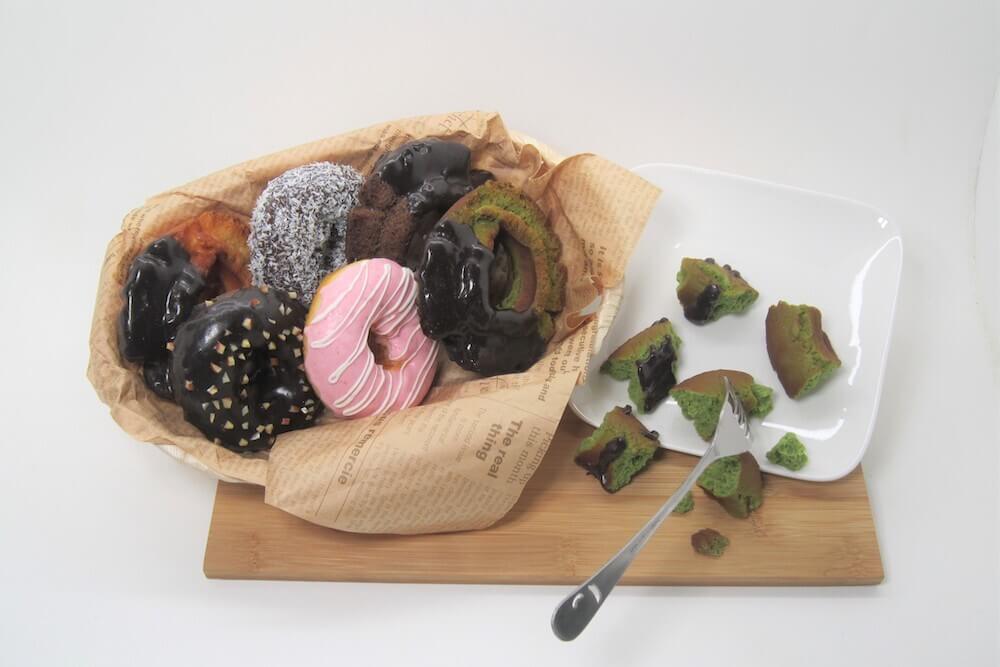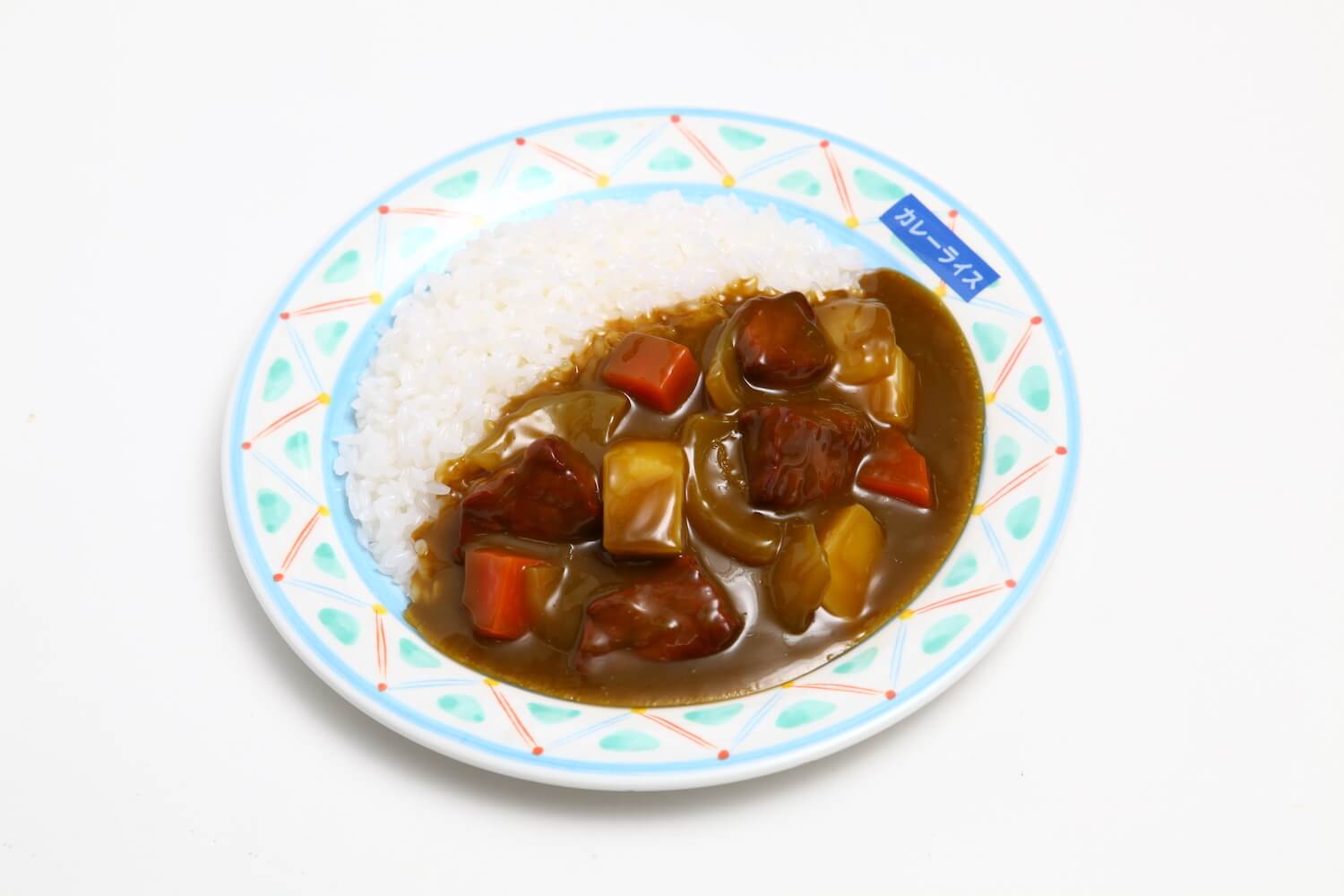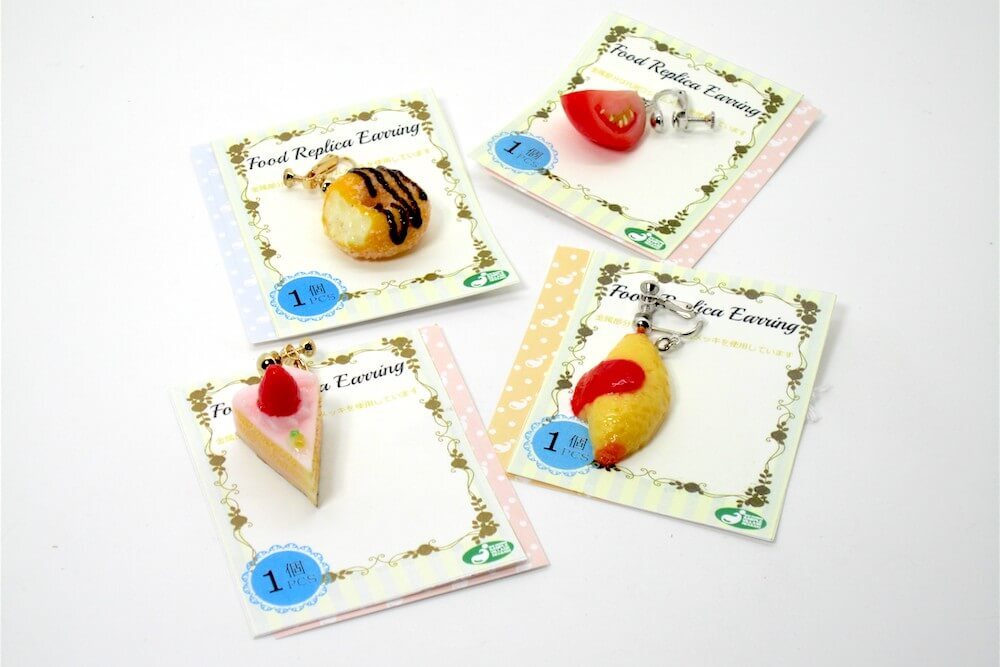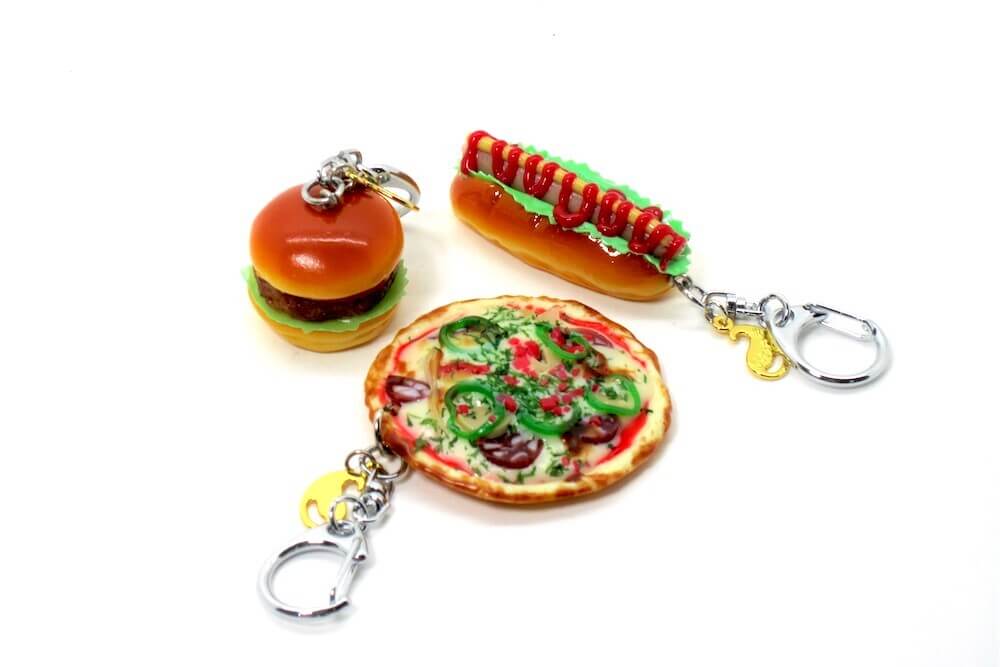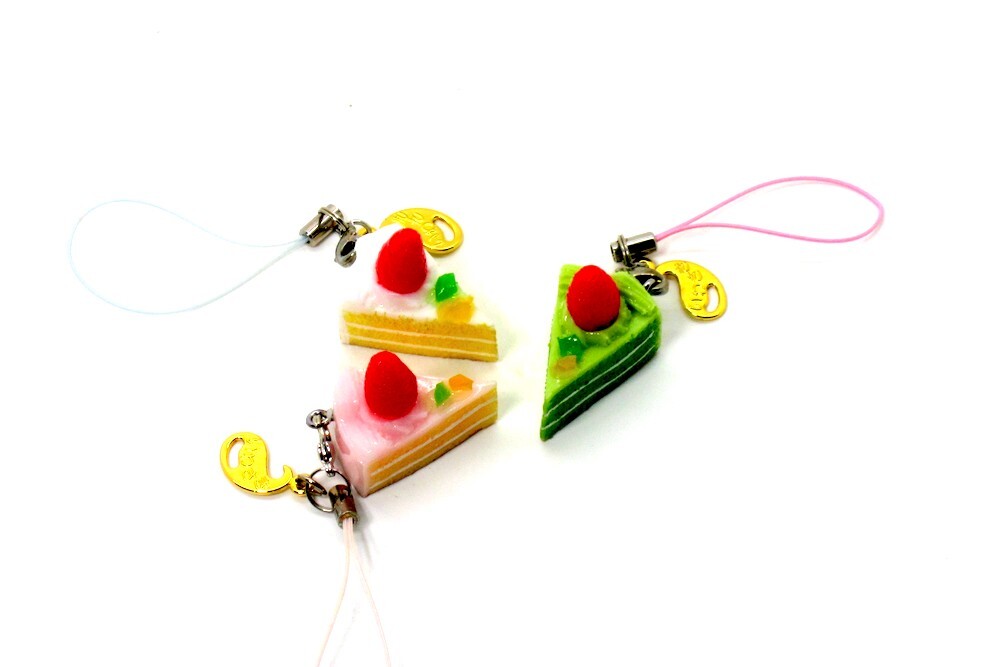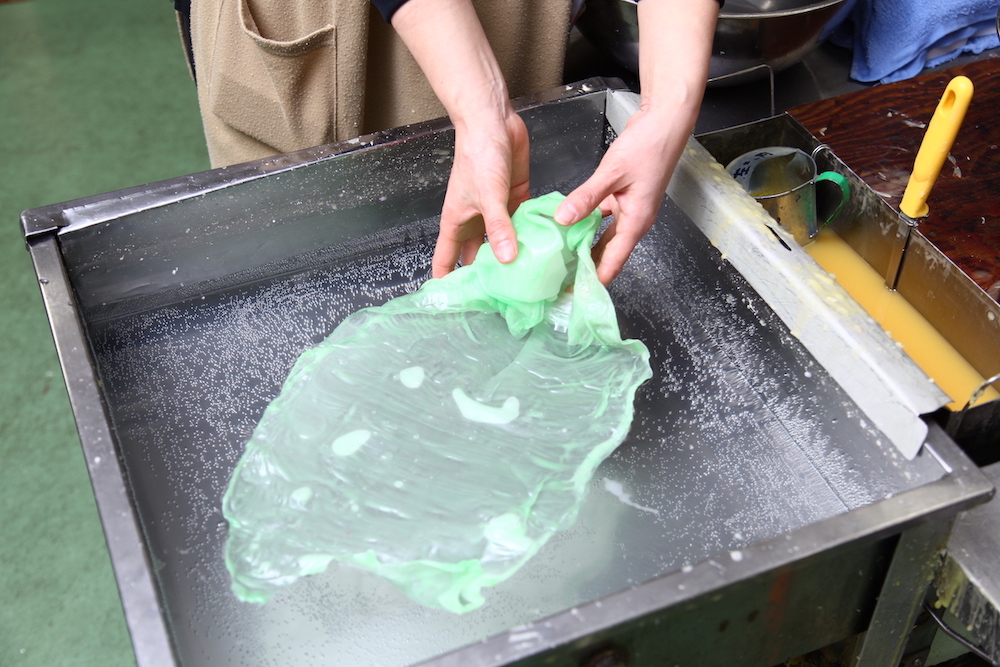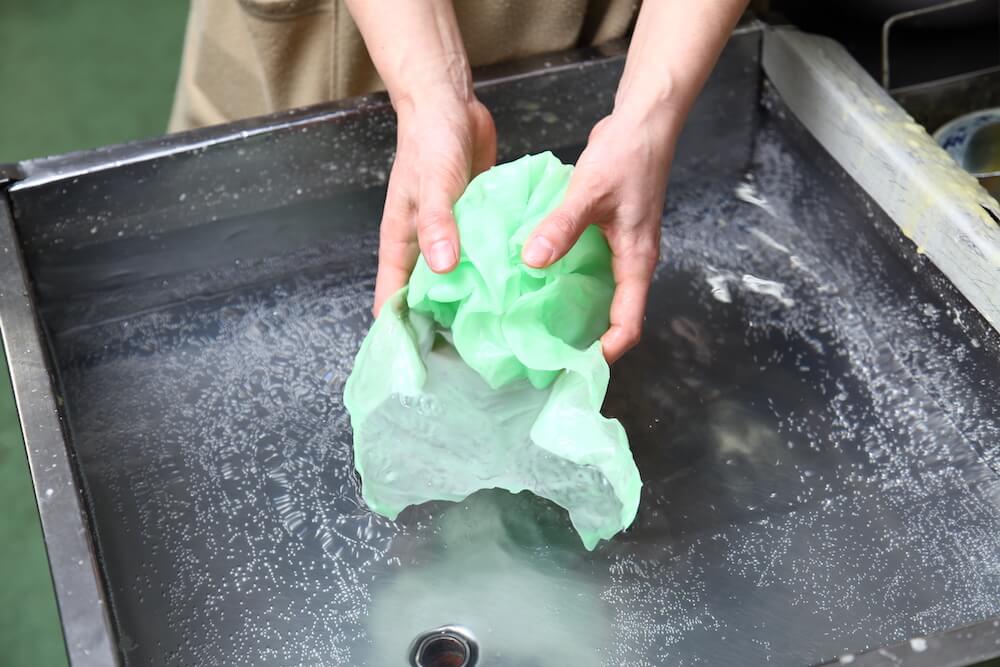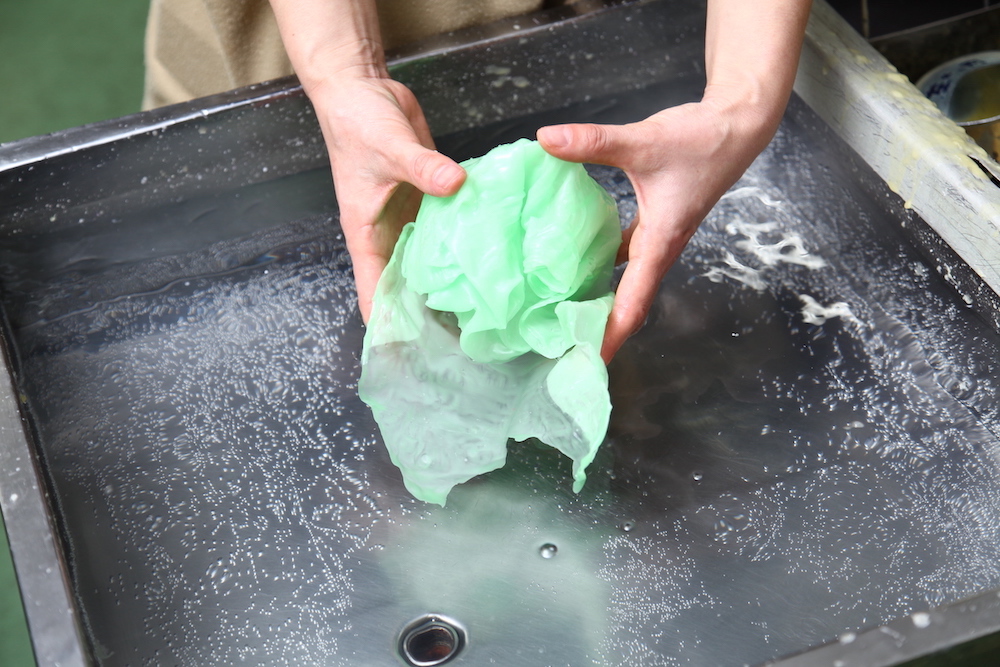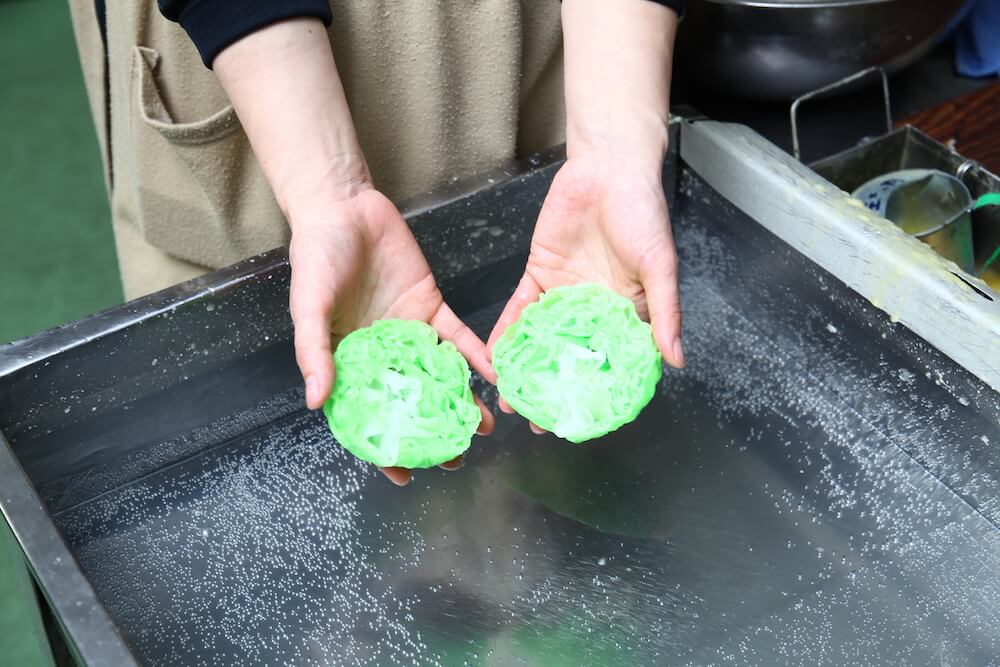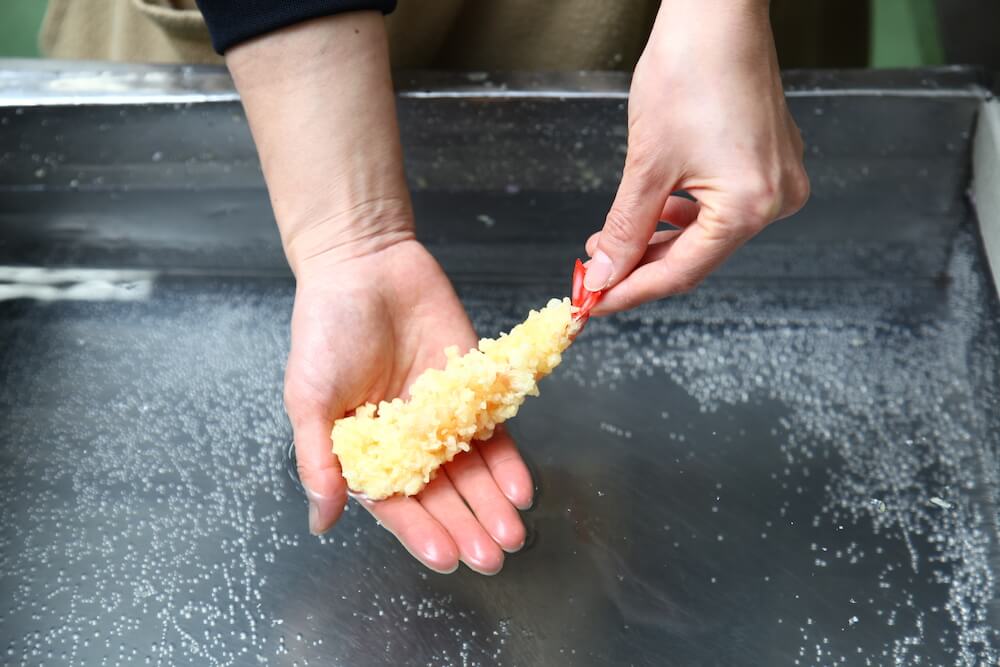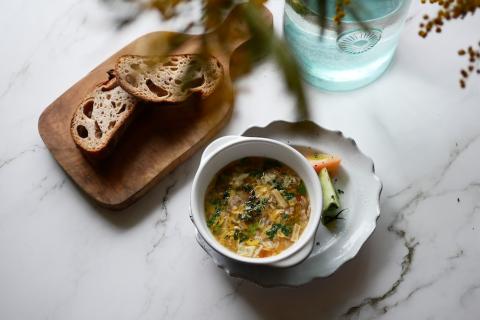
Photo by Iwasaki Mokei Seizo Co.,Ltd.
For first-time visitors to Japan, one of the most surprising sights might be what is displayed in restaurant windows. Alongside menu signs and other decor, many Japanese restaurants have lavish rows of food on display that look good enough to eat, from ramen to burgers to glistening sushi. But resist the temptation to take a bite! These exquisite replicas are a specialty craft known as sampuru, borrowed from the English word “sample”. They’re both a practical tool to aid hungry customers, as well as a unique culinary artform with a fascinating history. Their evolution over the past century to become a global phenomenon shows how great design can be both delightful as well as functional. Just in time for JAPAN HOUSE Los Angeles’ exhibition The Art of the Ramen Bowl, which features a specially crafted sampuru bowl of ramen by pioneering company Iwasaki Mokei Seizo, it’s the perfect opportunity to learn more about this innovative craft.
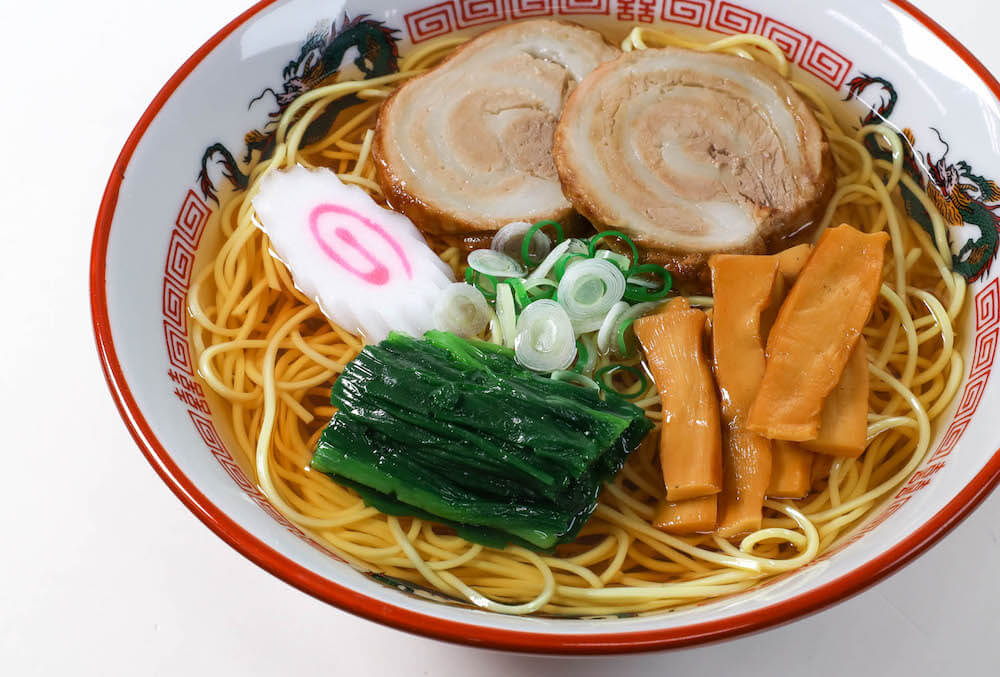
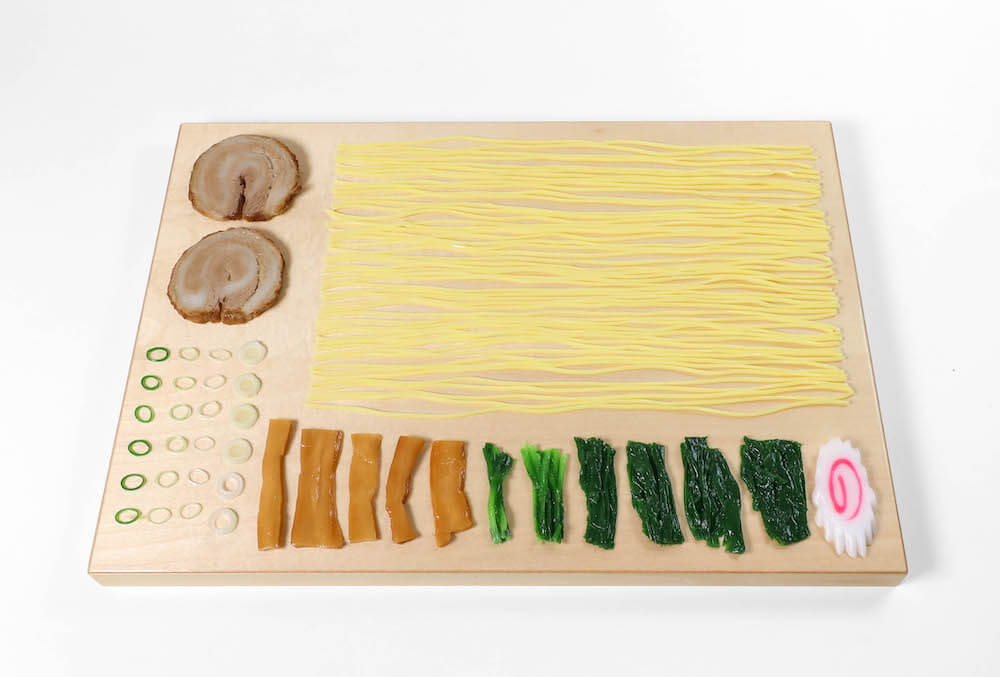
Who invented shokuhin sampuru (literally translated as “sample foods”)? The primary origin story credits Takizo Iwasaki with inventing them in 1932 when he used candle wax to create a model of a Japanese staple called omurice (omelette with rice and ketchup). His wife reportedly could not tell it apart from a real one, and soon it was on display at a department store restaurant in Osaka.
Photos by Iwasaki Mokei Seizo Co.,Ltd.
On the heels of this success, Iwasaki founded the company today known as Iwasaki Mokei Seizo Co., Ltd., in his hometown of Gujo Hachiman in Gifu prefecture. Today it is still the leading domestic sampuru manufacturer, accounting for 60% of the market. Some question Iwasaki’s claim to be the sole father of sampuru, noting that even in the 1920s, department store cafeterias in cities like Tokyo were crafting basic food models out of various materials to better illustrate their wares to a new generation of urban consumers. Of course, the development of sampuru also draws on the deep roots of Japanese craft as a whole, in which art can mimic life at even the smallest of scales (as in netsuke sculptures), or aim to elevate the ephemeral delights of food through artistry (as in thoughtfully plated kaiseki meals).
In any case, the painstakingly refined models created by Iwasaki in the 1930s crystallized the modern concept of sampuru and helped popularize them around the nation. In the post-War period, sampuru became a necessity for many restaurants who served the large clientele of American servicemen stationed in Japan who couldn’t speak or read the language. Sampuru displays became an easy way to cross linguistic barriers and ease communication for both the restaurants and their customers, a feature that continued to have immense value as international tourism to Japan started to expand in the 1980s. Indeed, global travelers to Japan were often so delighted by the incredibly lifelike food displays that they wanted smaller, less expensive versions to bring home, and sampuru manufacturers began tailor-making special items for this market, from salmon-sashimi iPhone cases to fried gyoza keychains. But while they can be collected, traded, and appreciated just like art, in the food industry the primary purpose remains a three-dimensional advertising method that immortalizes a restaurant’s best dishes.
Photos by Iwasaki Mokei Seizo Co.,Ltd.
Over nearly 100 years, the production process of sampuru has gone through certain updates. Since the 1970s, they’re made from PVC plastic instead of wax, as it’s stronger, longer-lasting, and able to take on a wild variety of forms. However, the basic technique remains the same. While some restaurants purchase “off-the-shelf” generic versions of common dishes, many others still pride themselves on simulating their food precisely, even though this can cost up to 10,000 USD to render an entire menu as sampuru. A restaurant will send photographs as well as frozen versions of their products to a sampuru producer, who will then create silicone molds, and finally “casting” replicas in liquid plastic. These are baked at high temperatures to become sturdy, and then painted and finished with various convincing details, like piping “frosting” onto a cake, or slicing a sandwich with actual chef’s knives. For ramen, individual pieces of string are dipped in plastic coating to make them more realistic, and pieces of sushi are assembled from tiny plastic grains of plastic as “rice” that are carefully pressed together – almost like shaping a piece of actual sushi. Sampuru artisans claim it takes a decade to master these precise techniques, and a single complex entrée can take up to a week to make.
As of 2019, Japan’s sampuru industry was a $90 million USD business, but some worry that with the rise of food delivery apps, restaurant review sites and social media, the future of sampuru is in jeopardy. One could argue that although they use plastic instead of pixels, sampuru foods were actually the original “foodie Instagram” - images that delight the eye as a way of enticing the appetite. Even with the proliferation of digital media , one hopes that sampuru will keep its place for future generations to discover. In the meantime, the beauty and ubiquity of sampuru makes any restaurant window display like a miniature museum, if you just know how to look closely.
Don’t miss the chance to visit The Art of the Ramen Bowl and view several exquisite examples of sampuru up close and in person – including a giant ramen bowl! - all crafted by industry leaders Iwasaki Mokei Seizo, the company where it all began.
Related Exhibition
The Art of the Ramen Bowl
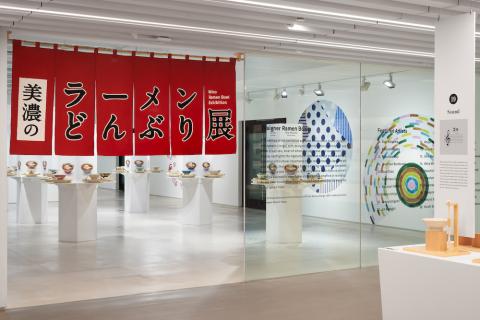
- Dates
03.18.2022 (Fri.) - 07.05.2022 (Tue.)
- Location
JAPAN HOUSE Gallery, Level 2
- Fee
Complimentary


